-
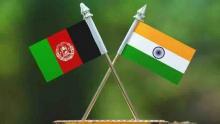
On October 4, 2011, New Delhi and Kabul have signed a historic Agreement on Strategic Partnership (ASP) which will further strengthen the relations between the two neighbors. India is the fifth highest donor in Afghanistan with $2billion of aid and also engaged in various development projects in Afghanistan and the recent visit by Afghan President Hamid Karzai also marks the collaboration of expanding the training of Afghan National Security Forces (ANSF).
-

The dawn of the twenty-first century coincided with an unusual phenomenon in international relations: the emergence of China and India as global powers. The steadily rising rate of economic growth in India has recently been around 8 per cent per year, and there is much speculation about whether and when India may catch up with and even surpass China’s over 10 per cent growth rate. India and China understand the concept of co-existence and growth very well. This engagement has elements of both rivalry and cooperation.
-
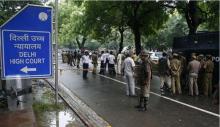
On May 25, an explosion was reported outside the Delhi High Court in the scorching heat of the afternoon. It led to terror and fear among the people, and without delay, authorities set off high alert in the capital and tightened security at public places. This has been the scene after every blast. Fortunately, no one was injured. The May 25 blast was the second in the preceding eight months, on September 19, 2010. Many security measures were taken to ensure no further explosions occurred. People, luggage, automobiles etc were thoroughly checked to avoid such situations.
-
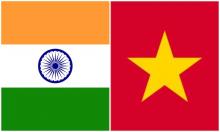
The 21st century is rapidly developing in various East and Southeast Asian parts. The developing states in the region are struggling to maintain a balance between their social obligations and economic reforms. They believe that technology could act as a catalyst for the successful implementation of their development strategies. During the last few years, the Vietnamese government has invested significant resources in developing its science and technology base, keeping in mind its long-term interests. Space technology is one such area identified by the Vietnamese government.
-
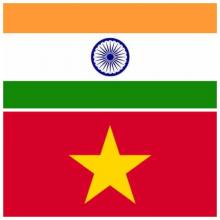
In 2012, India will host two significant events. First, in December, the India-ASEAN Summit will be held at New Delhi to mark the 10th anniversary of their summit-level dialogue; and second, India and Vietnam will be celebrating 40 years of establishing their diplomatic relations. Both events gain salience in the broader context of the beginning of the third decade of India’s Look East Policy which has witnessed phenomenal growth in bilateral and multilateral relations with the ASEAN countries.
-

The latest Sukhoi T-50 prototype, PAK-FA, a twin-engine fifth-generation stealth jet fighter, aborted a takeoff at the recently held MAKS Air Show outside Moscow on 21 August 2011 after four days of successful demo flights. While two prototypes of PAK-FA have cumulatively made 48 flights since 29 January 2010, it will be important to know the reasons for this mishap.
-

The Pentagon releasing annual reports on Chinese Military Power is not new. However, for all these years, the Pentagon’s basic mandate has been to contextualize the Chinese threat to US interests. Interestingly, in its latest report to Congress, titled "Military and Security Developments Involving the People's Republic of China, 2010," the Pentagon highlights some issues of concern for India regarding certain Chinese military investments.
-
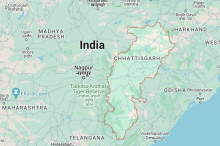
Union Home Minister, P.Chidambaram on 15 June 2011, revealed that the Maoist/Naxalite violence had dropped by over 40 per cent, and he credited this change to the success of the “two-pronged strategy”, a combination of the development programme and police actions being adopted by the Maoist affected provinces. He stressed that 80 policemen have been killed so far this year by Maoists as compared to 177 during this time last year. Civilian casualties, too, have come down to 190 from 296 in the previous year.
-
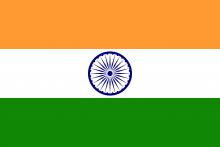
India, today, stands at a threshold in leveraging its economic and military growth in consonant with its national security goals. This situation has earned both a national identity and an international status, where economic and military strength are major determinants. Ironically, India’s growing global status coincided with two major international developments: One is the disintegration of the erstwhile Soviet Union, and the second one is the end of the Cold War.
-
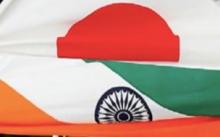
The Indian Navy announced plans to dispatch a flotilla of four warships to the Asia Pacific region in March-April this year. These vessels will make goodwill visits to ports in the region and also engage in joint exercises with a number of regional navies: Singaporean Navy for the exercise Simbex in South China Sea; Malabar with the US Navy and the Japanese Maritime Self Defence Force (JMSDF) off the Okinawa coast; and Indra with Russian Navy off Vladivostok.
Paxton ported to drupal by DropThemes.in